World War I Bunker Buster: M1916 37mm Infantry Gun
January 3rd, 2023
5 minute read
The First World War saw the introduction of many new and exceedingly deadly weapon systems. The eternal suffering of the infantryman continued, made worse by the development of the machine gun. When placed in a hardened “nest” or a bunker, an enemy machine gun could dominate the battlefield, and these positions became a nightmare to assault.
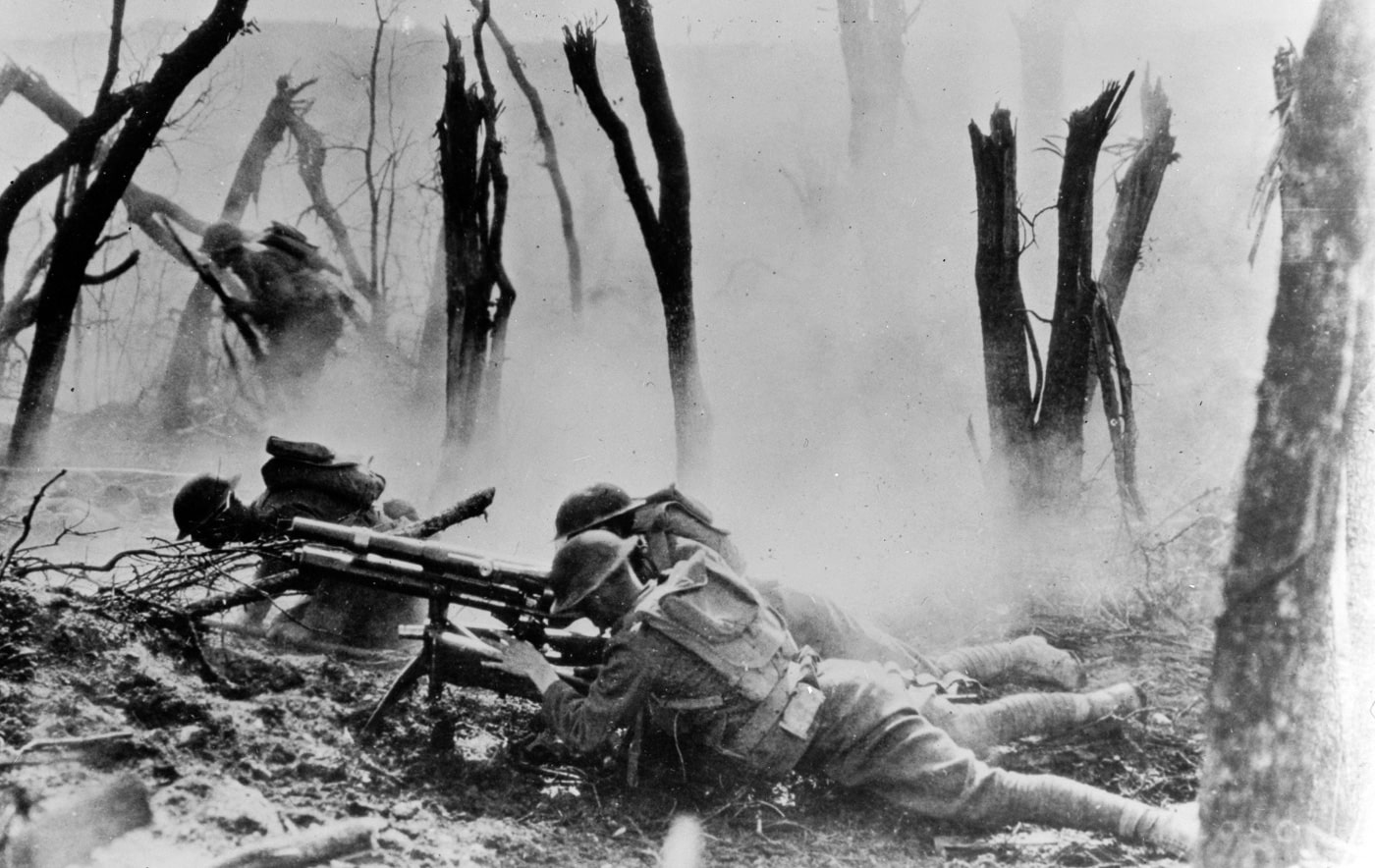
In 1915, the French Army developed a comparatively lightweight 37mm gun for infantry use. Ready in early 1916, the French Model of 1916 was a 104-lb. gun and recoil mechanism that was mounted on an 84-lb. carriage with split trail legs. A 188-lb. weapon is a tremendous load by today’s standards, but for the infantry of WWI, it was an acceptable hardship to carry, within reason, based on the firepower it provided.
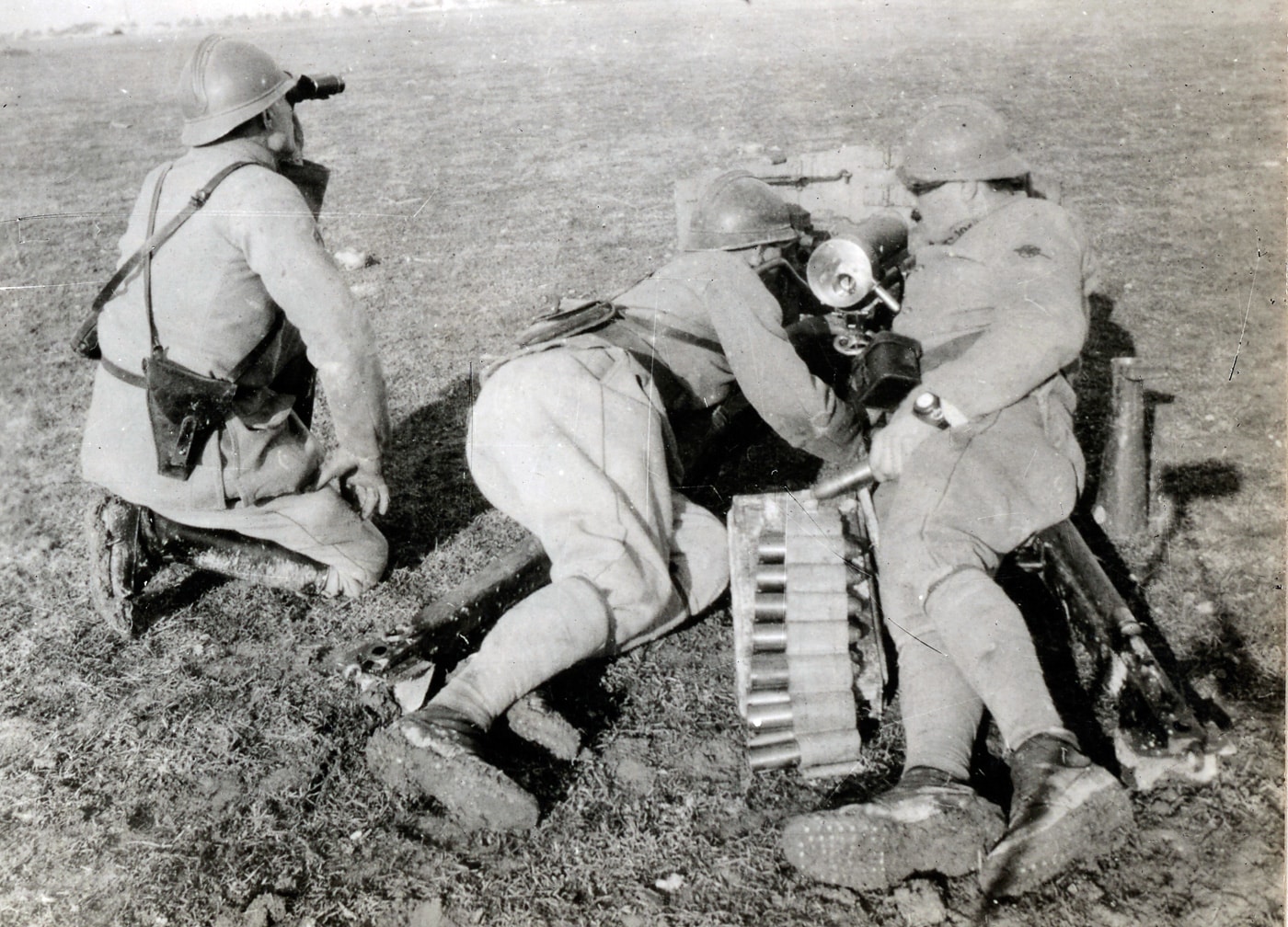
The M1916 37mm gun was specifically assigned to destroy German machine gun nests and other high-value positions. Equipped with an APX telescopic sight, the 37mm gun quickly proved to be an effective bunker-buster with accurate direct fire. French troops were quite happy with their “infantry accompanying gun”, and when America joined the fight in 1917, deliveries of the M1916 were made to the Doughboys serving in France.
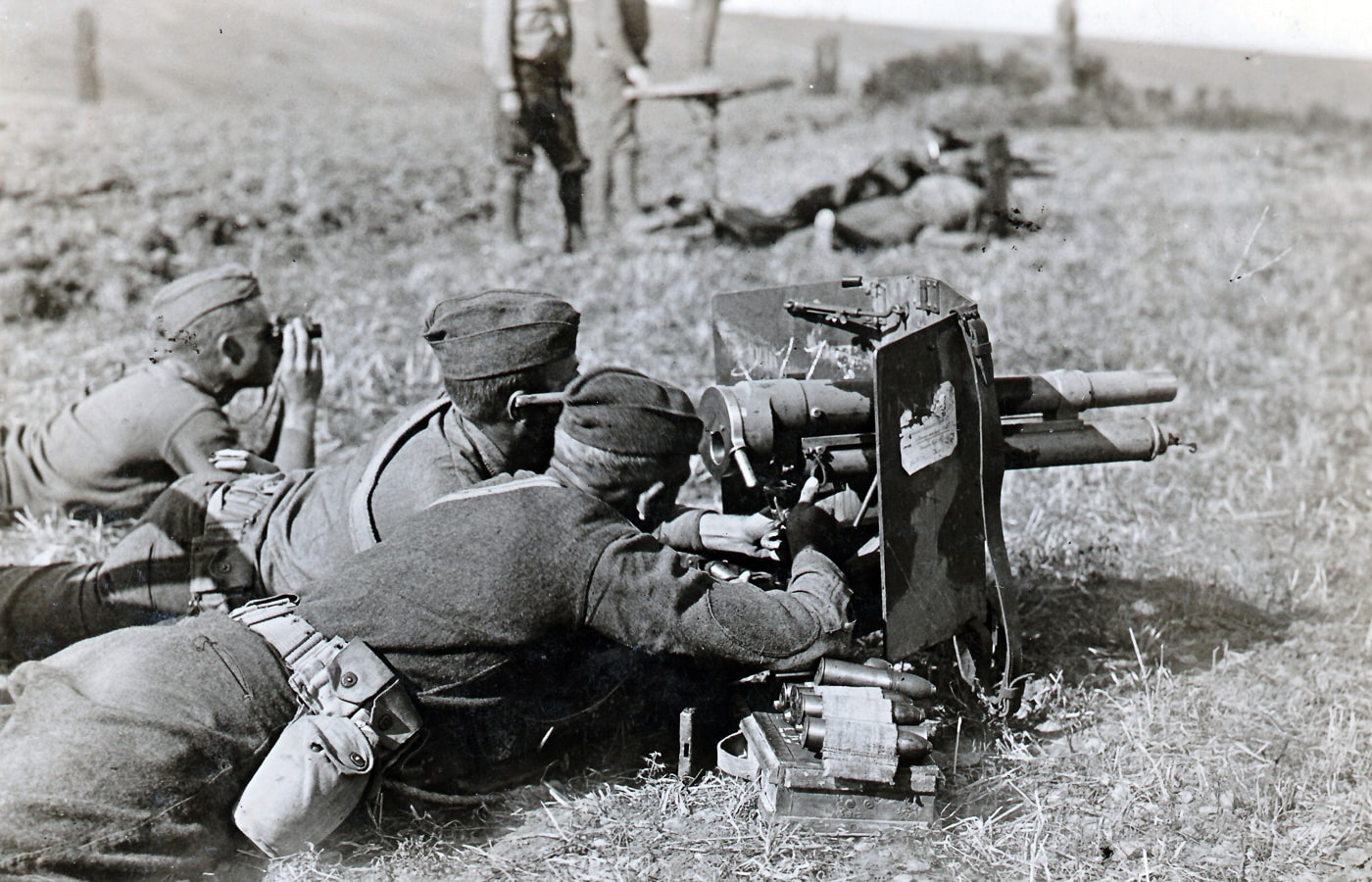
Used in the M1916, the U.S. Mark II high explosive shell delivered a 1.5-lb. shell using a bursting charge of 27 grams of TNT. The 37mm shell explosion isn’t large, but the M1916 was accurate enough to put a round into a tight space. The gun was also quick-firing, and an experienced crew could put a round on target about every four seconds. The effective range of the M1916 gun and its 37x94mm R ammunition was about 1,600 yards.
Almost the Answer?
For its time, the M1916 was a strong representation of an answer to the infantry’s longstanding need for an accurate, direct-fire weapon to assault enemy strong points. Even though the 37mm gun represented some of what the infantry required, ultimately its significant weight proved a hindrance, mostly due to the nature of the fighting on the Western Front.
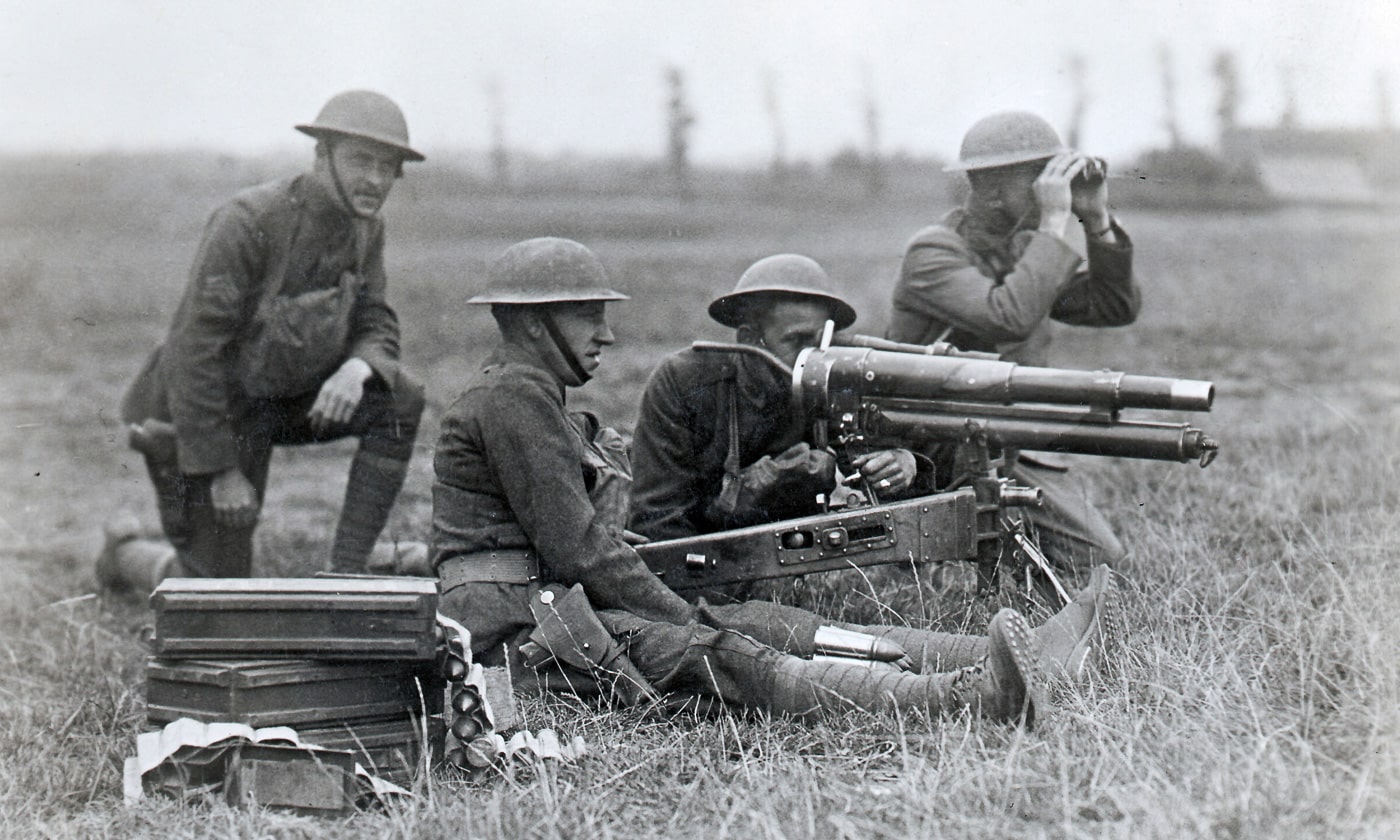
A typical trench assault was by necessity a fast-paced effort, and even the strongest crew with an M1916 wouldn’t be able to maintain a quick pace across the cratered landscape of No-Man’s Land. In a defensive posture, the 37mm ammunition provided little in fragmentation effect, and no “buckshot” anti-personnel round was developed for the weapon.
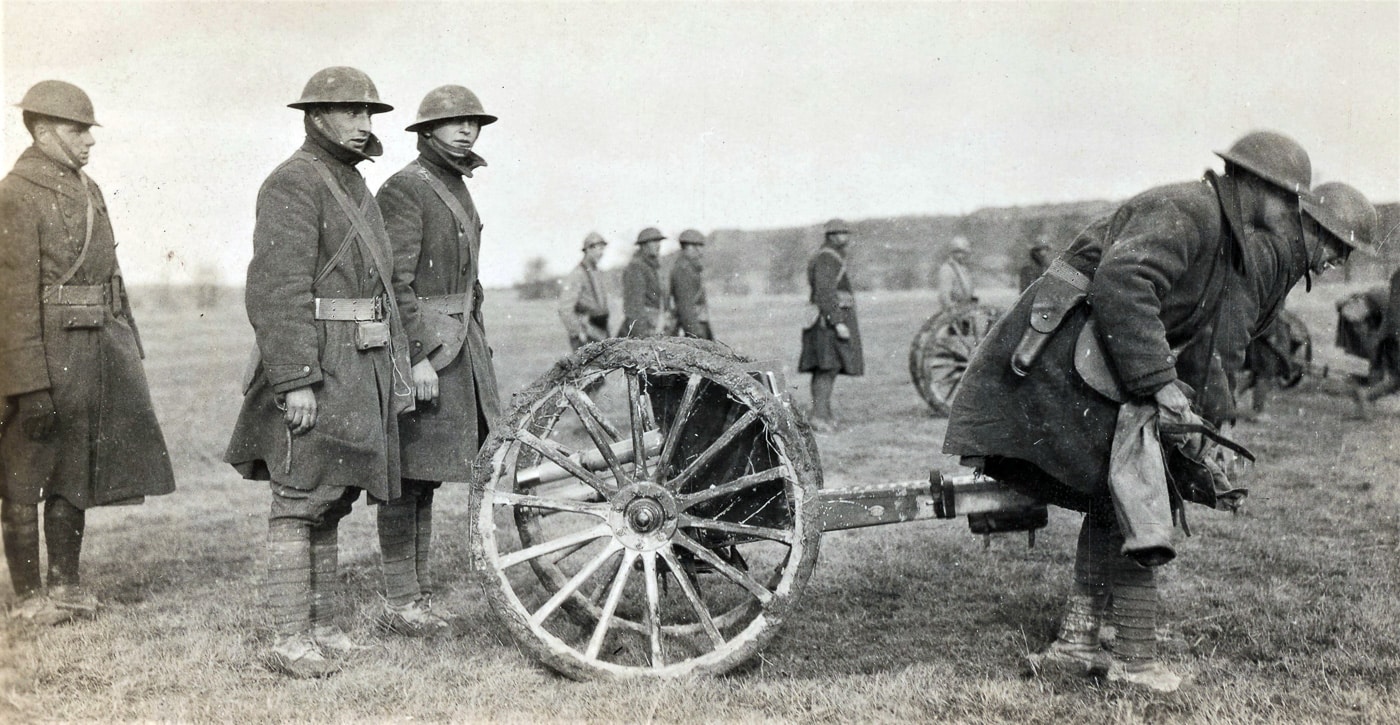
As World War I progressed, various mortar designs became the primary infantry support weapon. The U.S. Army adopted the British Stokes Mortar (81mm), and the Stokes combined with the M1916 37mm to provide the bulk of the American infantry support firepower in the critical autumn advance of 1918.
Adding Armor, and Mobility
The armored vehicle made its debut in World War I, as British heavy tanks clanked awkwardly across the battlefield during September 1916 at the Battle of the Somme. On May 31, 1918, the French deployed the first truly modern tank design (featuring a revolving turret and a rear-mounted engine) in the Renault FT-17.
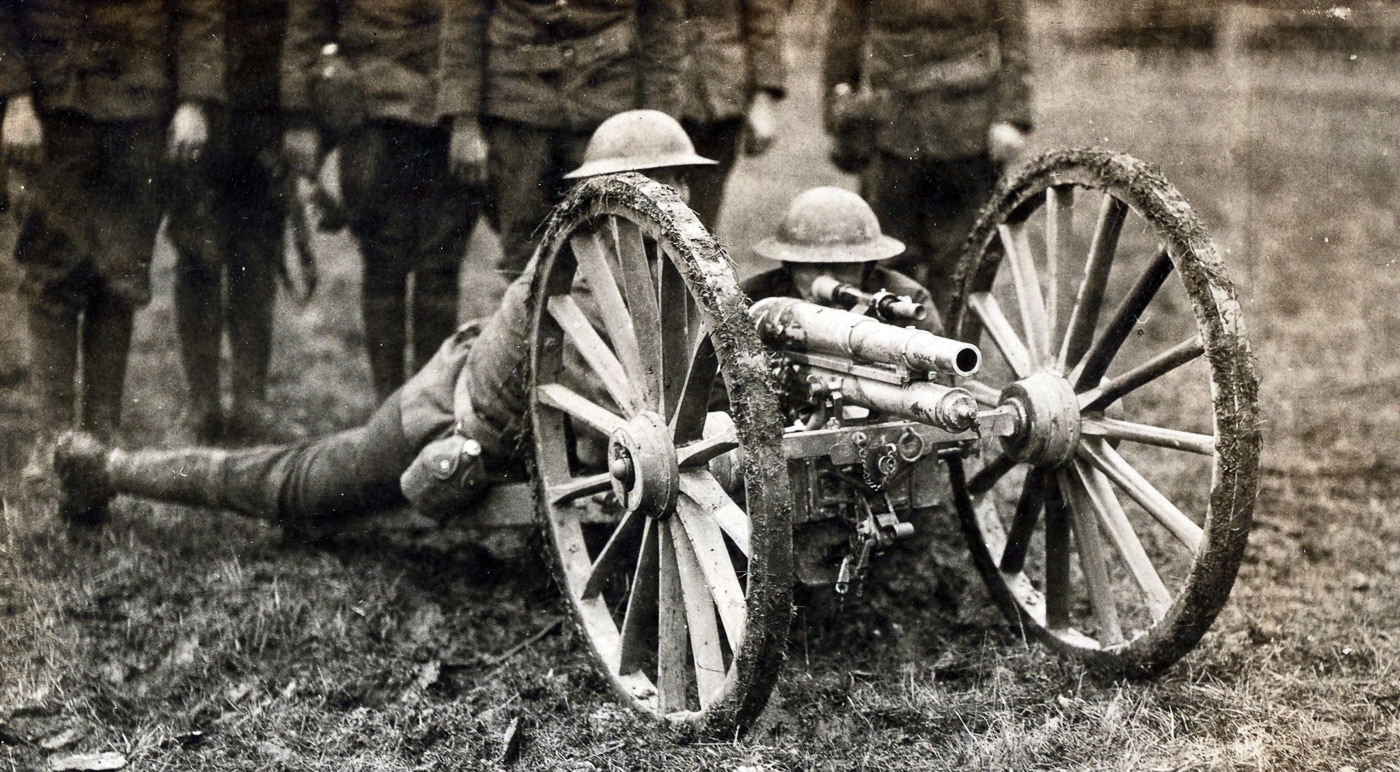
The FT-17 was a small, two-man vehicle that was quick enough to keep up with the infantry at 5 mph. Approximately 50% of the FT-17s were equipped with the M1916 37mm gun, while the rest carried an 8mm Hotchkiss M1914 machine gun. These vehicles finally provided the mobile fire support that the foot soldiers needed, and the 37mm gun was strong enough to crack open German MG bunkers at close range during the final Allied offensive.
France gave 144 FT-17s to the U.S. Army during 1918, and these equipped two U.S. tank battalions. The U.S. made a copy of the FT-17 tank, called the M1917. Many of these vehicles, which did not see combat in WWI, were armed with the American version of the M1916 37mm gun.
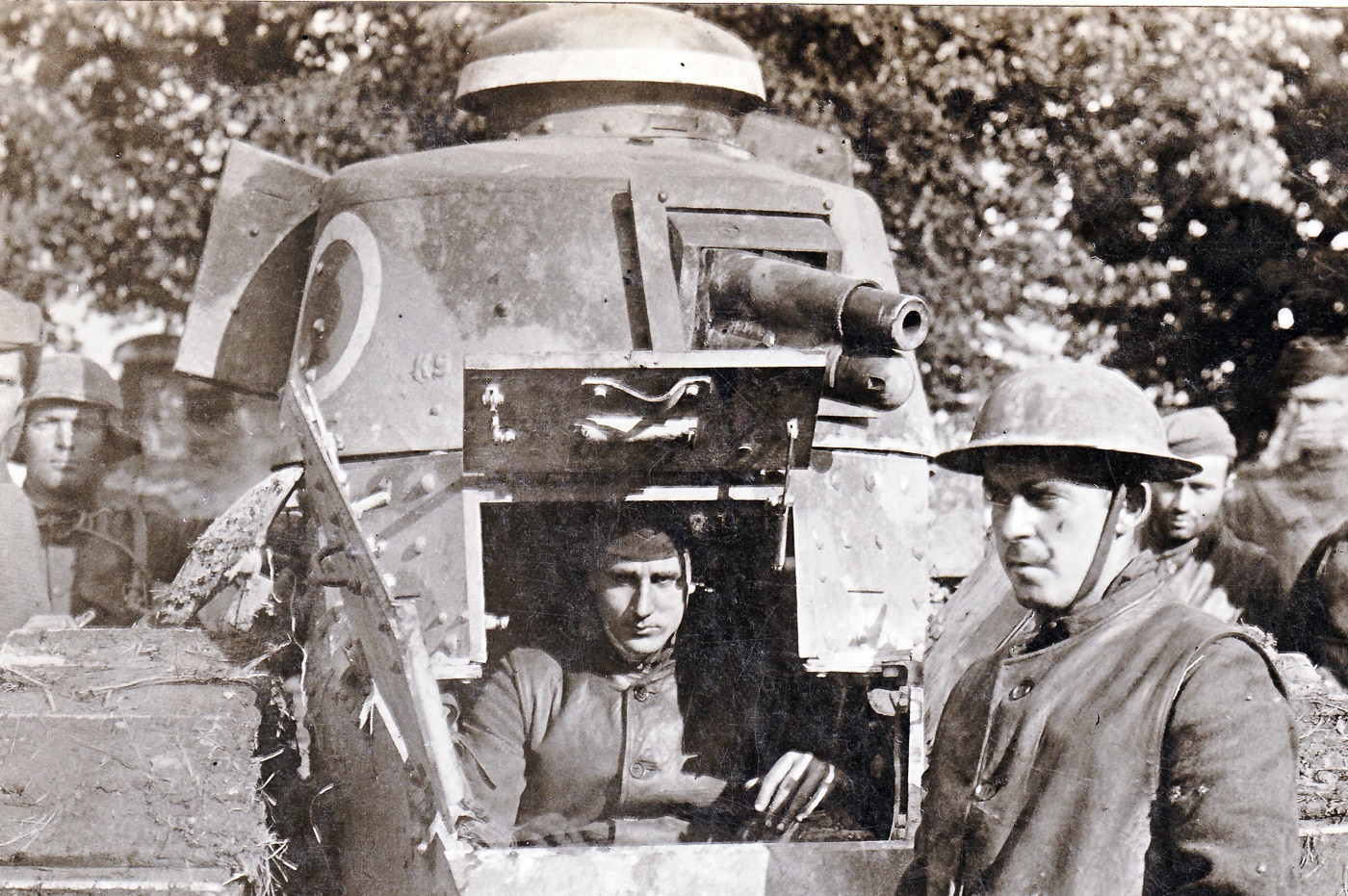
The French continued to use the M1916 37mm gun in their “infantry tanks”. At the time of the German invasion in May 1940, the FCM 36, Hotchkiss H35, Renault R35 and the old FT-17 all mounted the WWI-vintage 37mm infantry gun.
Conclusion
After WWI, the American M1916 37mm guns began to disappear. Some were mounted as “sub-caliber” training devices on larger artillery weapons. A small amount of 37mm guns were used during the defense of the Philippines in late 1941.
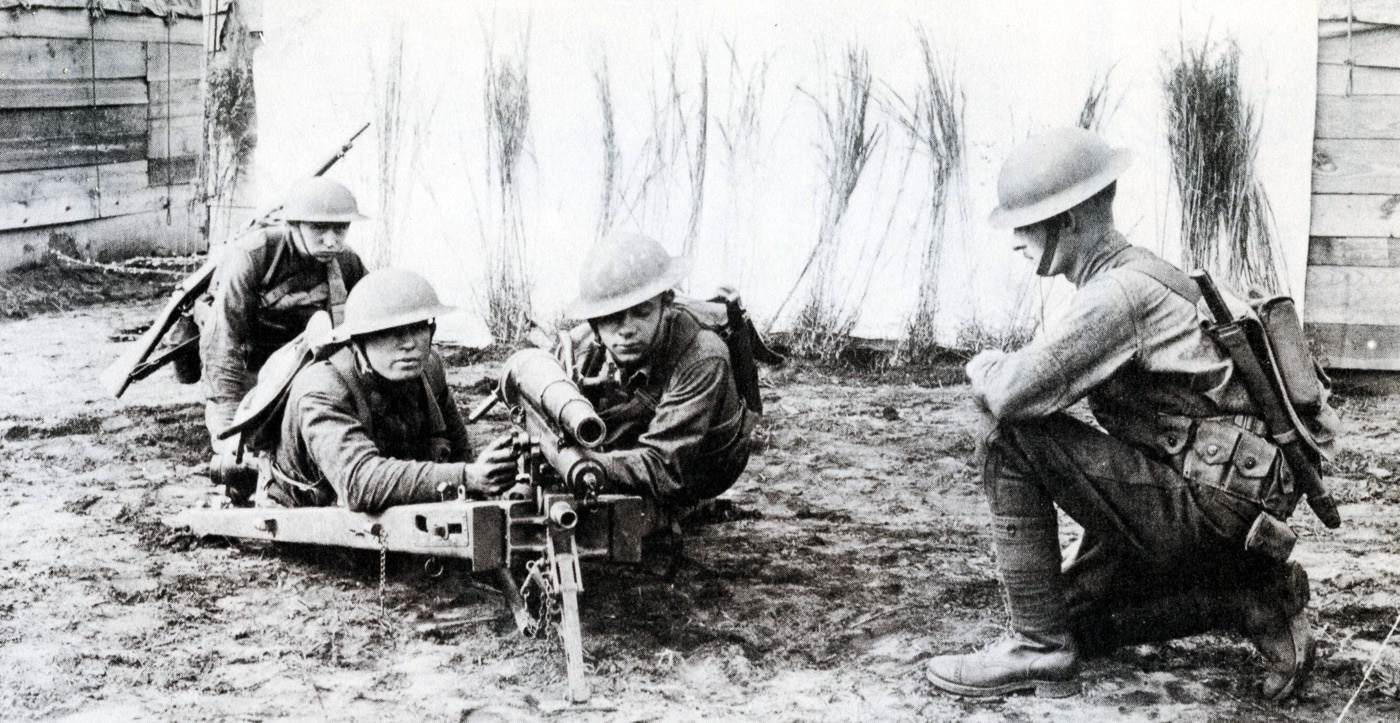
While the M1916 might have faded away, its impact on the bitter battlefields of World War I cannot be discounted. It was truly a “bunker buster” well ahead of its time.
Editor’s Note: Please be sure to check out The Armory Life Forum, where you can comment about our daily articles, as well as just talk guns and gear. Click the “Go To Forum Thread” link below to jump in and discuss this article and much more!
Join the Discussion
Continue Reading
Did you enjoy this article?

 291
291






